Finland celebrated its centenary on 6 December 2017. To honour their homeland, our Gard colleagues, Erika Lindholm and Hannah-Maria Opperman-Mäkinen, introduce some of Gard’s Finnish Members and clients who are on the forefront of eco-friendly innovations in shipping.

The Finns lead the way with innovative and eco-friendly technology
Written by
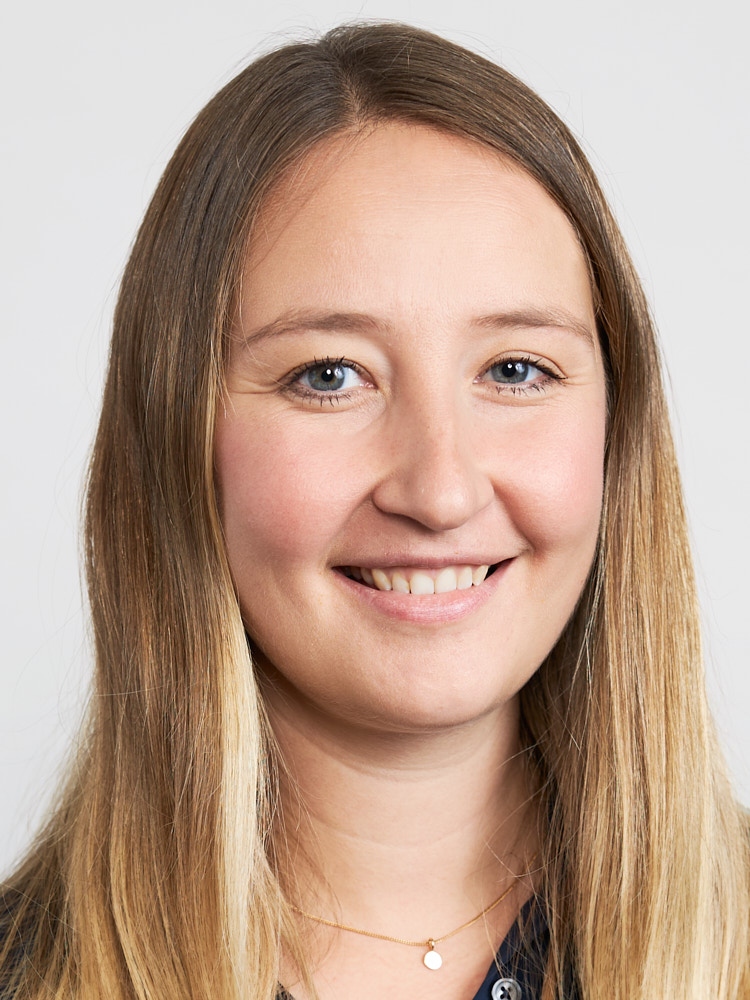
Erika Lindholm-Kuhlefelt
-
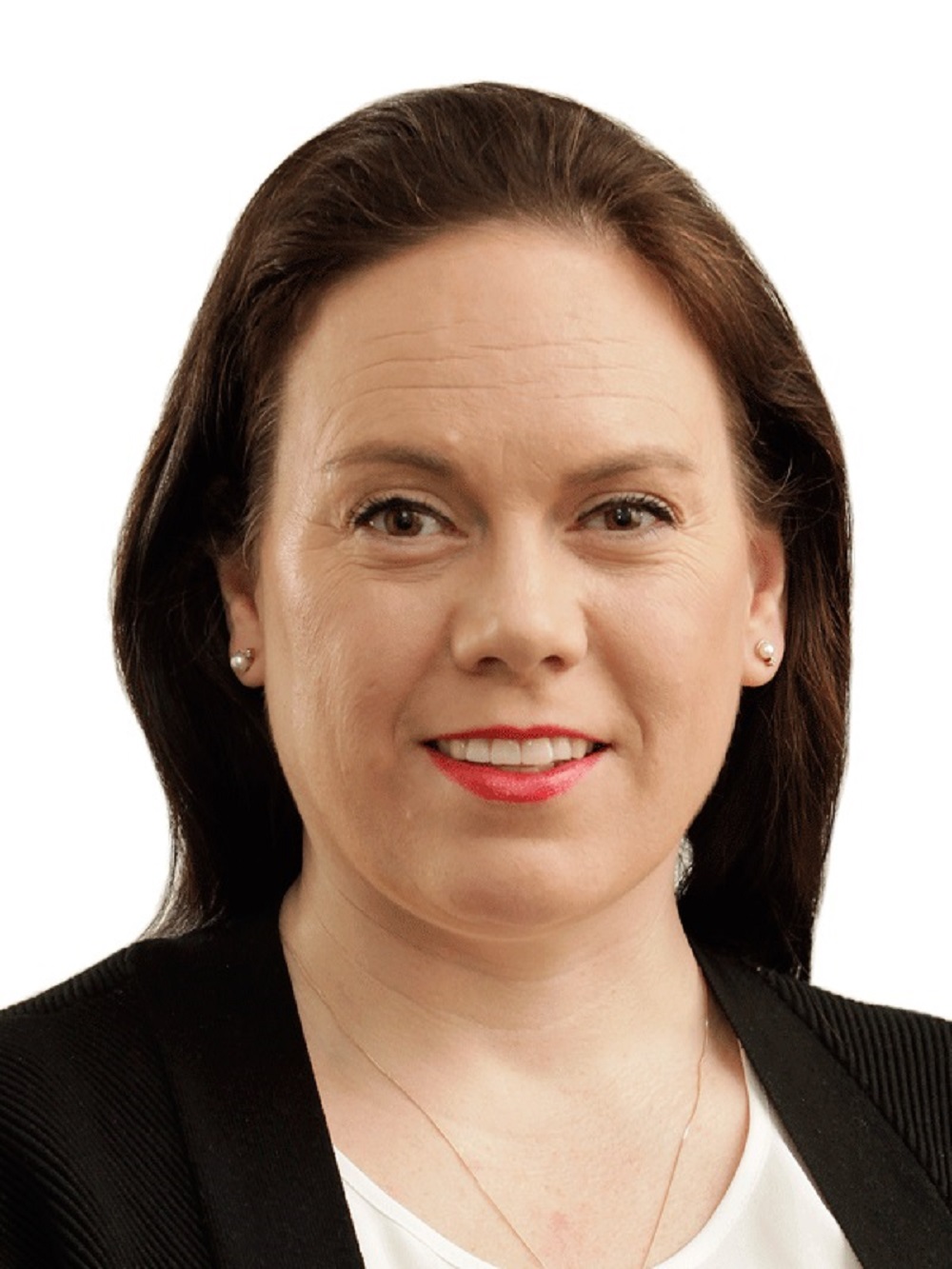
Hannah-Maria Opperman-Mäkinen
-
Published 20 December 2017
Arctia Ltd.
Helsinki based Arctia owns and operates icebreakers and specialized service vessels in polar regions. The POLARIS is the eighth vessel in Arctia's fleet. Completed this year, she proudly displays the “Finland 100” logo.
This unique vessel is the world’s first liquefied natural gas (LNG) powered icebreaker. The POLARIS can also use low sulphur diesel oil as fuel. The use of LNG significantly reduces carbon emissions. Using LNG as fuel instead of bunkers reduces the risk of pollution damage in the Arctic in the event of a casualty because bunker oil is very difficult to clean-up in ice conditions. The vessel is also equipped to act as an oil spill responder and has a built-in oil recovery system.
The theme of Finland’s centenary is ’Together‘ and this is also illustrated by the collaboration of Finnish companies involved in the design and build of the POLARIS including: Aker Arctic (concept design and testing), Arctech Helsinki Shipyard, ABB (Azipod propultion), Wärtsila (engines) and Lamor (oil recovery system). Arctia is owned by the Finnish State whilst the Polaris project was jointly funded by the Finnish State and the European Union.
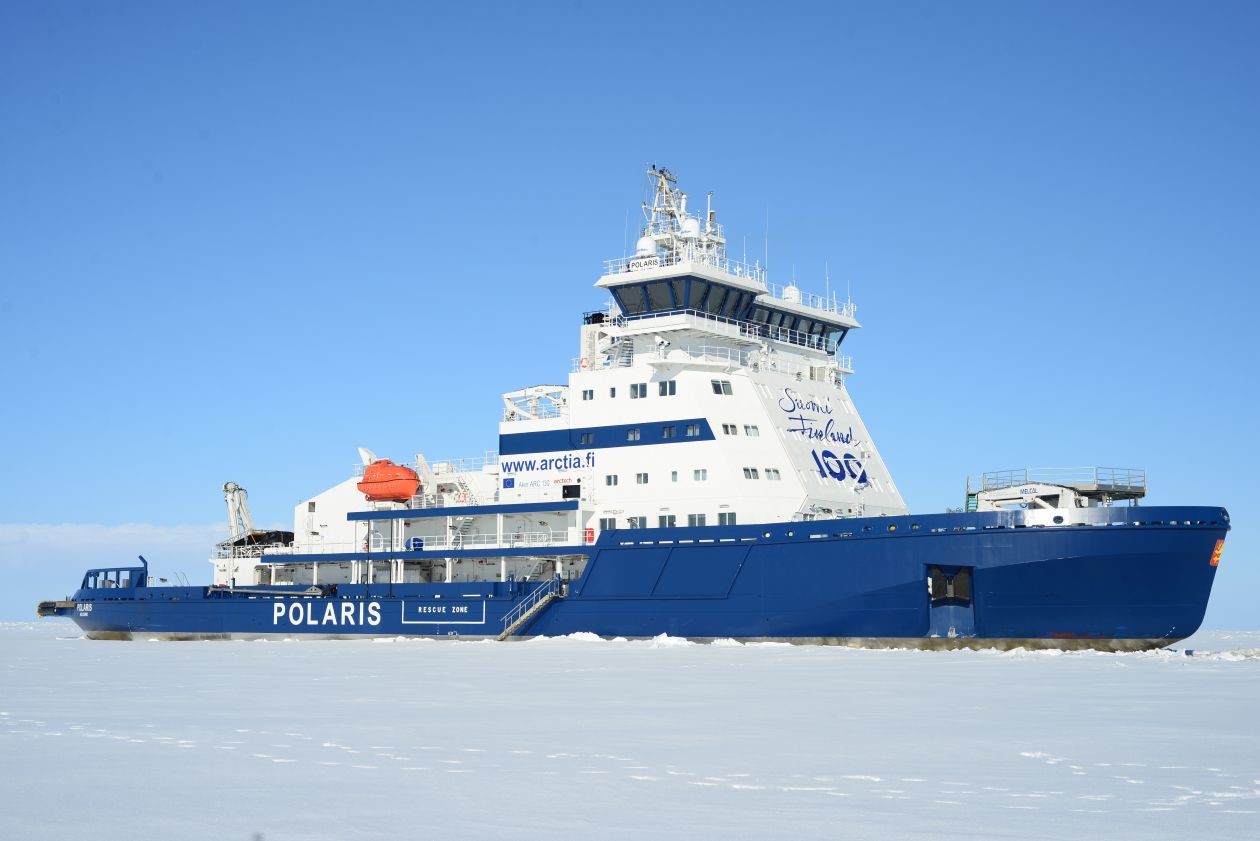
Ship
Photo: Tuomas Romu, Aker Arctic Technology Inc. and Arctia Ltd
Viking Line
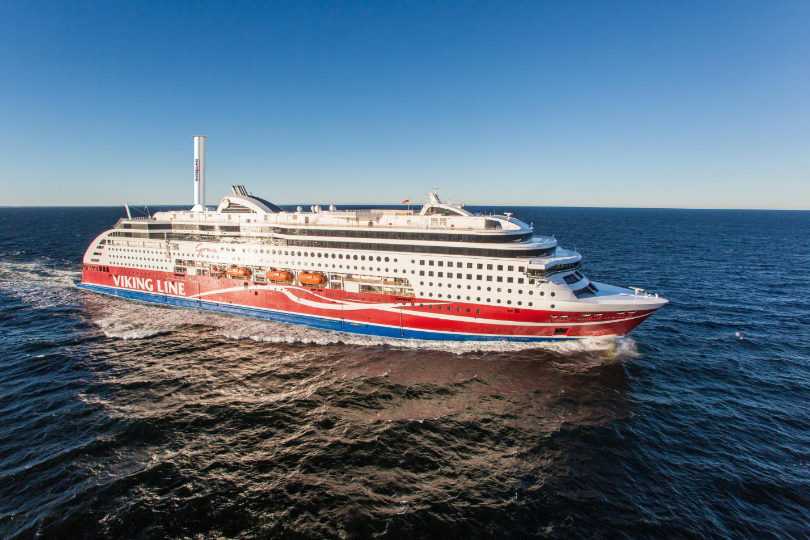
Ship
Viking Line’s seven passenger vessels sail between Finland, Sweden and Estonia and transport some 6.5 million people annually. The latest addition to the fleet, VIKING GRACE, was the first passenger vessel of its size to switch to LNG.
The VIKING GRACE recycles excess engine room heat into electricity for use onboard the vessel. The system was developed by the Swedish company, Climeon. During 2016, over 1,000 tonnes of food waste from three Viking Line vessels were delivered ashore and used in the production of biogas which is then used to produce green electricity. Viking Line has an agreement with the Finnish company Norsepower to install 24-meter-high rotor sails on the VIKING GRACE during 2018, further reducing the vessel’s carbon emissions by about 900 tonnes annually.
Tallink Silja
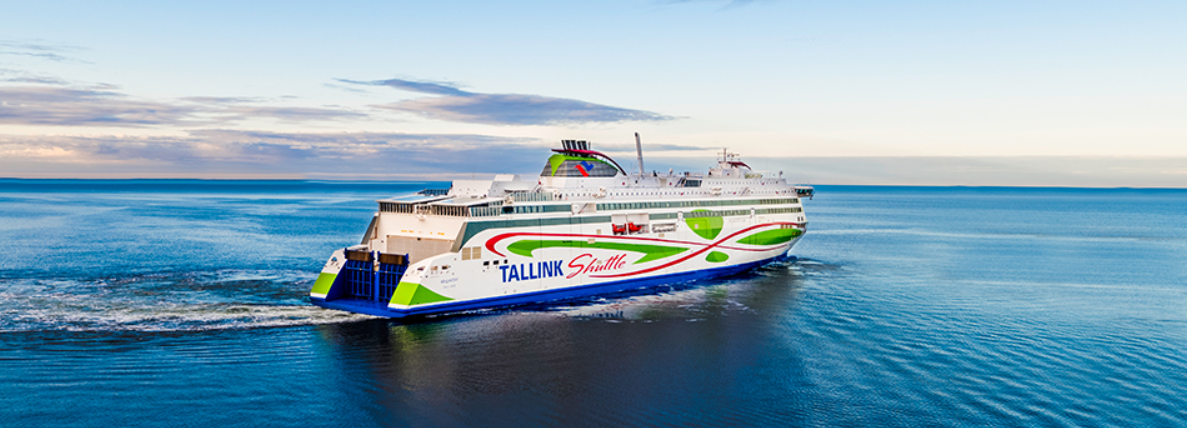
Ship
Helsinki based Tallink Silja Oy is a subsidiary of the Estonian Tallink Group which is one of the largest maritime carriers in the Baltic Sea region.
In July 2016 Finland’s former President, Tarja Halonen, christened Tallink’s new vessel MEGASTAR at the Meyer Turku Oy yard in Finland. President Halonen was the first female head of state in Finland and served as President from 2000 to2012. The MEGASTAR is an LNG powered fast ferry capable of carrying 2,800 passengers and sails between Helsinki and Tallinn. Use of LNG reduces harmful emissions and eliminates soot particles thereby greatly reducing the negative effects on the environment associated with traditional fuels.
ESL Shipping
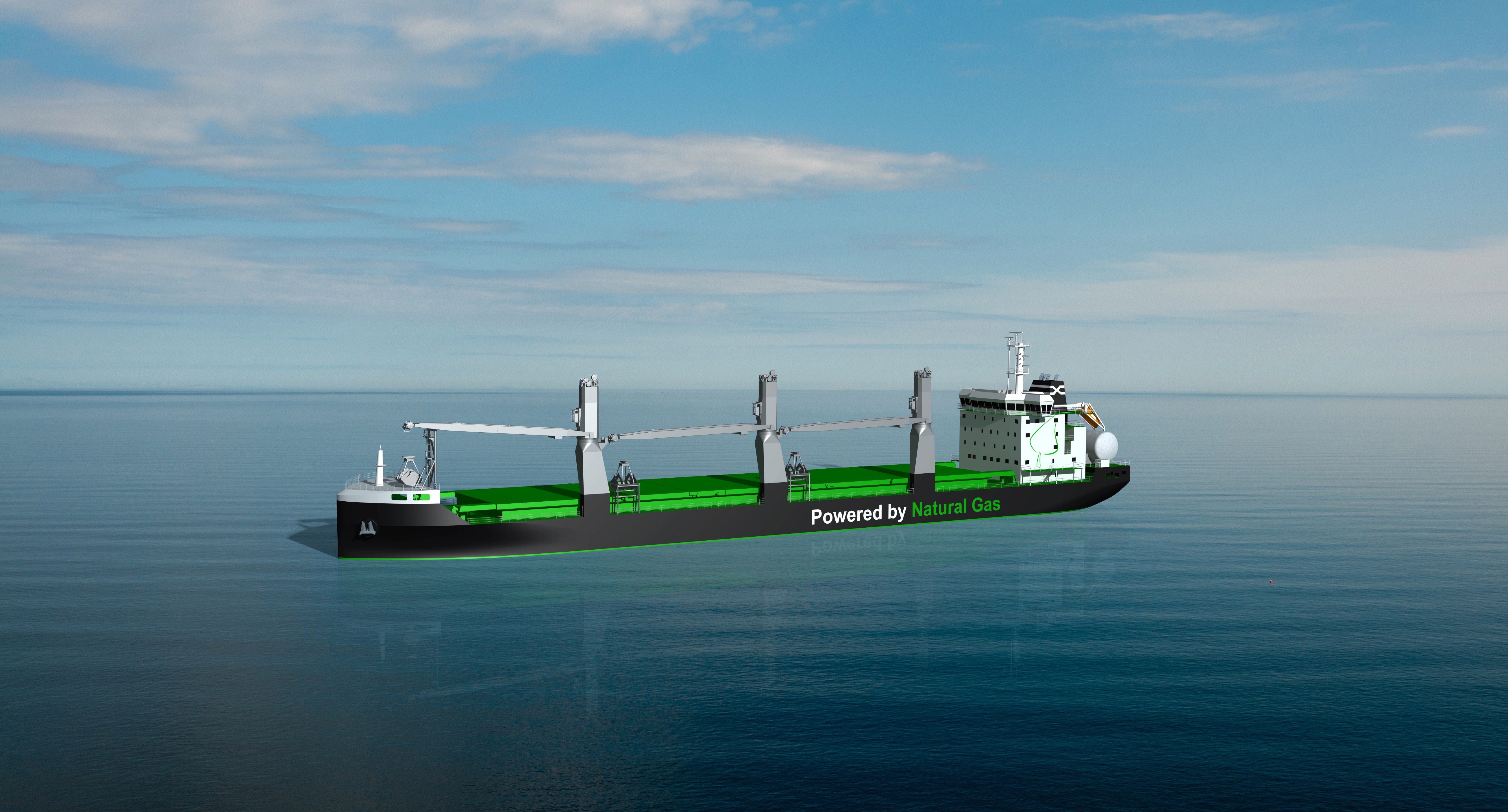
Ship
Finnish ESL Shipping has a fleet of 18 vessels, some 277,000 dwt in total, and is a leading dry bulk carrier in the Baltic region.
In 2015, the company entered the renewable energy market by signing an agreement with AB Fortum Värme to transport biofuel to the biofuel-fired CHP plant in Stockholm. From 2018, their new LNG-fuelled large dry bulk cargo vessels, the first of their kind in the world, will commence operation. It is reported that the vessels' CO2 emission per transported ton will be reduced by 50 per cent compared to other vessels in the fleet. The two new buildings, VIIKKI and HAAGA are 160 m long and between 25,000-26,000 dwt.
The new buildings are part of the Bothnia Bulk project which is partly funded by the EU. The aim of the project is to have energy-efficient, low-emission supply of dry bulk cargo all year around in the Baltic Sea.
Neste
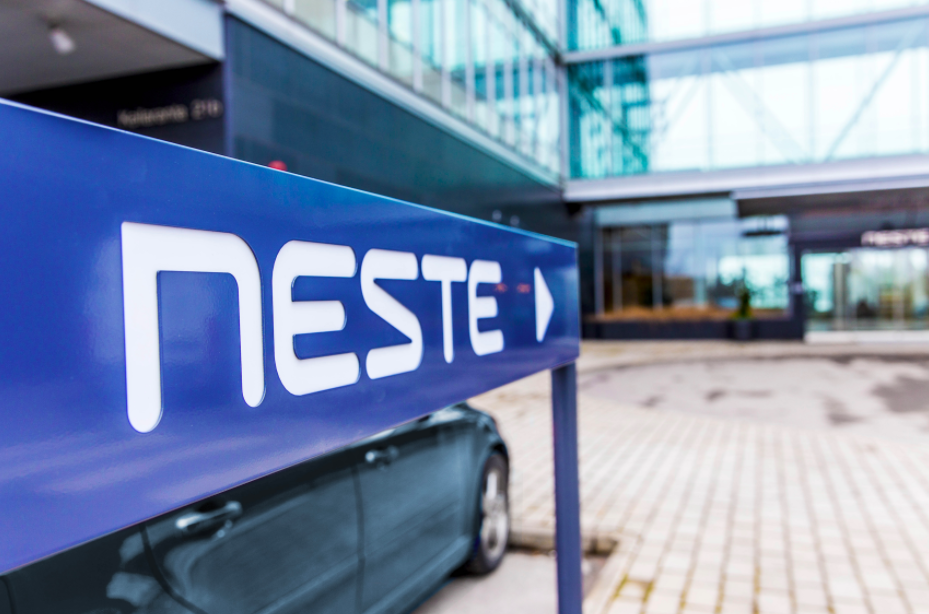
Sign
Founded in 1948 to secure Finlands's oil supply, Neste is today a leading operator in oil refining and renewable solutions. The company has 5,000 employees and is listed on NASDAQ Helsinki. The Finnish state continues to own the majority share of 50.1 per cent to this day. The company’s focus on sustainability has been recognized internationally, and can be found in the Global 100 most sustainable companies in the world. The company focusses on creating cleaner fuel solutions based on renewable raw materials.
Neste has developed three products which conform with the EU Sulphur Directive (2016/802); Neste MGO DMA, Neste MDO DMB and Neste RMB; all of which contain less than 0.1 per cent sulphur. The low sulphur marine fuel RMB can be found onboard both Tallink Silja, Finnlines and Viking Line vessels, trading in the Baltic Sea. Changing to the new fuel requires only minor adjustments to the engines and the RMB burns more cleanly than traditional heavy fuel oil, with less frequent maintenance on the engines. Neste is now also looking at opportunities to use its know-how in regards of the new global Sulphur regulation of 0.5% entering into force in 2020.
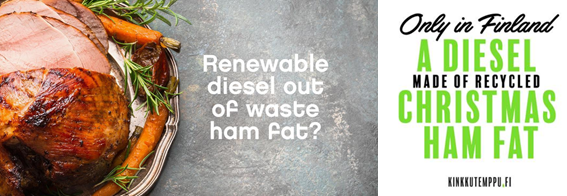
Commercial
At the Neste Finland Refinery in Porvoo, it is possible to transform organic fat into renewable diesel. The Chemical Industry Federation of Finland initiated a charity campaign last year where consumers can bring their pork fat to collection points throughout the country. Neste then produces renewable diesel from this fat. The aim is to collect pork fat from 100,000 households.
Neste also produces renewable diesel from used cooking oils- an innovative way to recycle difficult to dispose of waste. The company estimates that the greenhouse gas emissions over the entire life cycle of Neste Renewable Diesel made from wastes and residues are up to 85–90 per cent less than those of fossil diesel.
Gard’s Concluding Comments
These are but a few of the Finnish companies in the marine industries developing new technologies and solutions for a greener tomorrow. We thank our Members and clients Arctia, Viking Line, Neste, Tallink Group and ESL Shipping for participating in this article. Most of all we say - Happy Birthday Finland!


